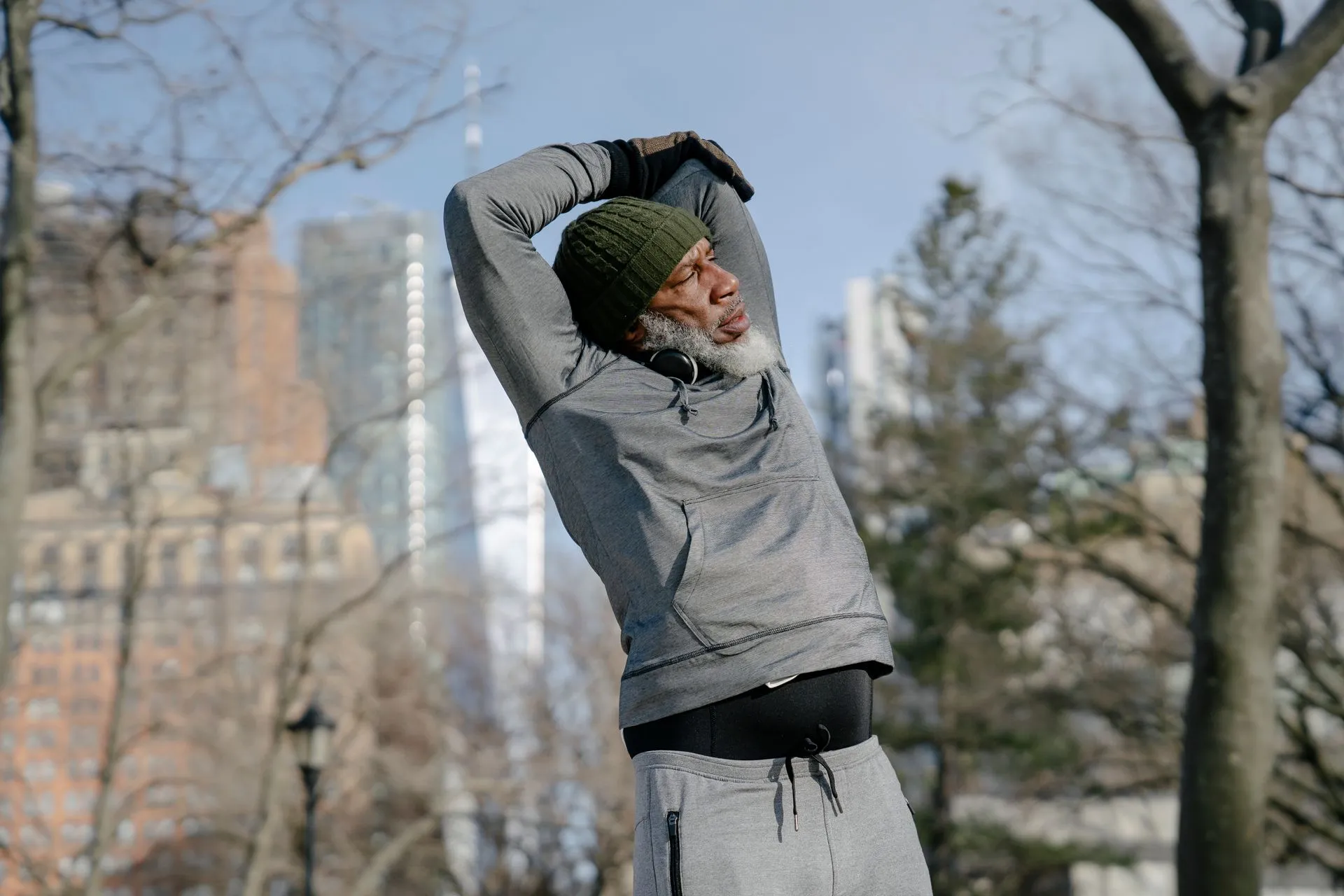Exercising in Cold Weather
9 February 2023
Assisted Living Memory Care Carrollton GA exercise Senior Exercise senior living The Birches on Maple
Walking, swimming, and other outdoor activities keep the mind and body healthy and strong. When winter comes, many find it harder to stay active. Those who do continue to exercise regularly shift physical activities indoors. But exercising outside in cold weather is not only possible if done safely - it has positive impacts on your health.
Exercising in cold weather for seniors
Studies show that exercising in cold weather transforms white fat (storage space for excess calories) into calorie-burning brown fat. Brown fat burns calories by creating heat before the body starts to shiver and regulates glucose and metabolism. Winter workouts also offer exposure to sunlight, boosting your vitamin D supply and warding off depression. And, when you exercise in the cold, your body expands less energy.
Tips for exercising in cold weather
Find a good location
Make sure you choose a location that has a non-slippery surface and plenty of space to move. Workout near a shelter that can be quickly accessed if an issue arises. Keep your cellphone with you in case of emergencies.
Dress for success
To keep your body temperature regulated, layering is key. For the base layer, wear sweat-wicking fabrics like polyester or nylon. These materials that are water-resistant or waterproof. It is vital to protect your hands, feet, and head - which are most vulnerable to the cold. Wool or fleece-lined gloves, thick socks and protective wool head coverings are a good start. Wearing layers also allows you to remove layers as your temperature rises.
Choose the right exercises
Vigorous outdoor exercises like walking, running, and cycling are still on the table for the winter. But there are other choices for lighter exercises:
- Stretching: Before stretching, walk or move around to loosen muscles for five to 10 minutes. Then, stretch for 10 minutes before starting your workout.
- Standing or squatting exercises: Arm circles, high steps, arm swings, core rotations, tandem stance, squats and lunges are solid options.
- Resistance band exercises: Resistance bands are low-cost, easily accessible and can be integrated into almost any workout.
Find a partner to exercise with and come up with fun variations of each workout. If you have conditions — such as asthma or heart problems — check with your doctor before beginning any exercise program.

